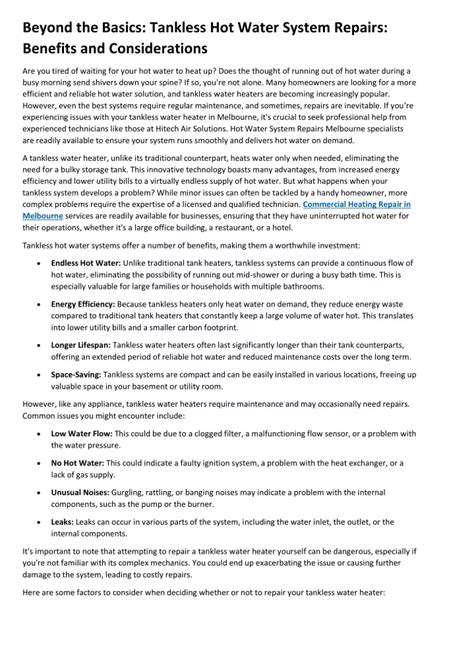How to Stay Safe When Using Travel Apps
Staying Aware of Scams and Phishing Attempts
Understanding Common Phishing Tactics
Phishing attempts often target travelers by mimicking legitimate travel apps or websites. They may send deceptive emails, text messages, or even create fake login pages that look remarkably similar to the real thing. These scams can be highly convincing, leading unsuspecting users to reveal sensitive information like usernames, passwords, and credit card details. Be wary of unsolicited messages asking for personal information, especially if they contain urgent requests or threats. Always verify the source and legitimacy of any communication before clicking on links or providing any details.
Another common tactic is the use of spoofed links. These links might appear to be from a trusted source, but they actually redirect you to a fraudulent website designed to steal your information. Pay close attention to the URL of any website you visit, especially when making bookings or logging in. Look for subtle differences or inconsistencies that might indicate a fake site. If you're unsure, do not proceed and instead independently verify the source.
Protecting Your Personal Information
Maintaining strong and unique passwords for all your online accounts is crucial in preventing unauthorized access. Avoid using easily guessable passwords, and utilize a password manager to create and store complex, memorable passwords. Enable two-factor authentication (2FA) whenever possible. This adds an extra layer of security by requiring a second verification step, such as a code sent to your phone, beyond just your password.
Protecting your personal information is paramount to avoiding scams. Never share your credit card details or other sensitive information through unsolicited emails, text messages, or pop-up windows. Review all transaction details carefully before confirming any payments. Look for any suspicious activity on your accounts regularly. If you notice anything unusual, immediately contact the travel app or your financial institution to report it.
Recognizing Red Flags
Be vigilant about unusual requests or demands. Legitimate travel apps will rarely, if ever, ask for sensitive information via unsolicited messages. If you receive a message asking for your login credentials, credit card information, or other personal details, immediately treat it with suspicion. Contact the travel app directly through its official channels to confirm the request's validity. Do not rely on the information provided in the suspicious message.
Check for grammatical errors, typos, or unusual phrasing in communications. Professional companies typically maintain high standards in their communications. Notice anything that seems off or out of place, and exercise caution. Never hesitate to contact the company directly to verify any concerns or requests you may have received. Do not rely on information provided in the suspicious message or email.
Staying Updated and Educated
Staying informed about new scams and phishing techniques is essential for avoiding becoming a victim. Follow reputable sources of information regarding online security and fraud prevention. Familiarize yourself with common tactics employed by scammers. By consistently educating yourself on the latest trends, you can better protect yourself from evolving threats and enhance your online safety.
Regularly update the software on your devices. Software updates often include important security patches that address vulnerabilities. Keeping your devices and travel apps up to date is a critical step in protecting yourself from potential security breaches. Be aware of the most up-to-date methods of scams and phishing attempts. This will help you protect yourself from the latest and most deceptive techniques. Staying informed will help you stay safe.



![Taking a Pottery Workshop in Morocco [Cultural Experience]](/static/images/27/2025-05/BeyondtheWorkshop3AConnectingwiththeLocalCommunity.jpg)



![How to Use Airport Lounges [Even Without Business Class]](/static/images/27/2025-06/StrategicPartnershipsandGuestPasses.jpg)
![Guide to Visa on Arrival [Where & How It Works]](/static/images/27/2025-06/EssentialDocumentsforVisaonArrival.jpg)

![Packing List for a Winter Trip [What to Wear]](/static/images/27/2025-07/StayingCozyandStylish3AAccessoriesforaWinterTrip.jpg)
